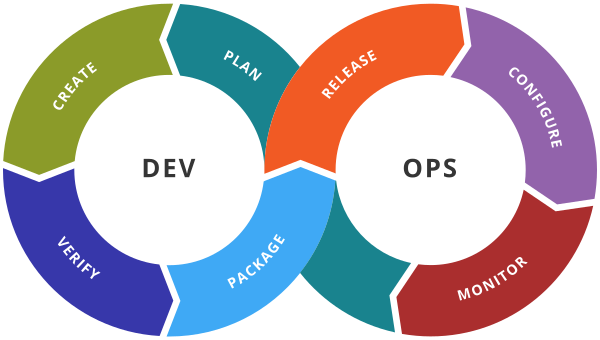Azure DevOps -CI/CD Pipeline
Migrating to modern CI/CD processes provides many benefits for application builds, deployments, testing, and monitoring. By using Azure DevOps along with other services such as App Service, organizations can focus on the development of their apps rather than the management of the supporting infrastructure.
Potential use cases
Consider Azure DevOps and CI/CD processes for:
Accelerating application development and development lifecycles.
Building quality and consistency into an automated build and release process
Increasing application stability and uptime.
Dataflow
The data flows through the scenario as follows:
Architecture
A developer changes application source code.
Application code including the web.config file is committed to the source code repository in Azure Repos.
Continuous integration triggers application build and unit tests using Azure Test Plans.
Continuous deployment within Azure Pipelines triggers an automated deployment of application artifacts with environment-specific configuration values.
The artifacts are deployed to Azure App Service.
Azure Application Insights collects and analyzes health, performance, and usage data.
Developers monitor and manage health, performance, and usage information.
Backlog information is used to prioritize new features and bug fixes using Azure Boards.
Build Process
The Build stage is the point where we take the provided code and build it for testing purposes. The code gets built in a development environment to allow for testing and bug fixes.
The build stage is the first stretch of a CI/CD pipeline, and it automates steps like downloading dependencies, installing tools, and compiling. Besides building code, build automation includes using tools to check that the code is safe and follows best practices.
How to Build the project in Visual Studio.
Open the project in a visual studio (say any Aspnet core project)
Open the project in the file explorer and you will find a bin directory that should be empty.
In Visual Studio select Build –> Build Solution
Now bin folder will have executable/dll build files of the project.

